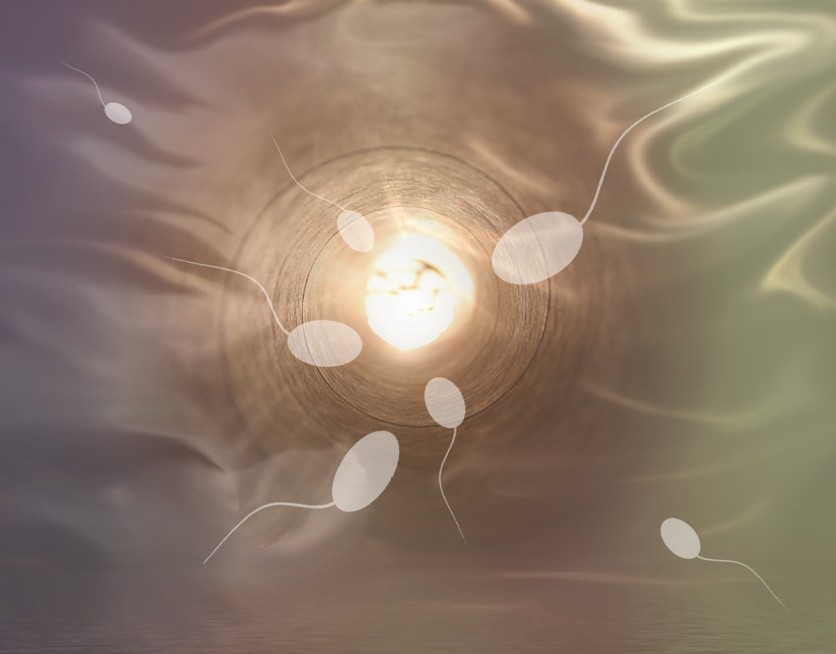A recent single-cell study has discovered that ultrasound can increase sperm power by an impressive 266%. This groundbreaking research sheds light on the noninvasive ultrasound technique's ability to enhance sperm motility, leading to improved fertility outcomes.

The presence of a rival male in zebrafish is found to dramatically improve spermatozoa quality. However, it's not without its downside on the DNA.
Turbocharging Sperm by 266%
A recent single-cell study has unveiled a groundbreaking finding: noninvasive ultrasound can dramatically increase sperm motility by an astonishing 266 percent, potentially leading to improved fertility outcomes.
As reported by Interesting Engineering, the study conducted by Ali Vafaie and his team under the American Association for the Advancement of Science (AAAS) showcases the transformative potential of ultrasound in assisted reproduction treatments.
Employing a pioneering noninvasive ultrasound technique on individual sperm cells, Vafaie's study marks a significant milestone in reproductive science.
Using a droplet microfluidic technique, researchers observed remarkable results as ultrasound not only initiated the movement in inactive sperm but also significantly accelerated the swimming speed of those already in motion.
This groundbreaking research offers a glimpse into the microscopic world of sperm evaluation, demonstrating the profound impact ultrasound can have on enhancing sperm performance, and potentially revolutionizing assisted reproduction treatments.
This advancement builds upon prior research demonstrating ultrasound's capability to enhance sperm motility in humans and bulls by amplifying mitochondrial metabolism. However, until now, assessing the efficacy of this technique at the single-cell level has presented challenges.
Vafaie and his team employed microdroplets to encapsulate individual sperm, enabling precise motility monitoring. New Scientist reported that the results were remarkable: a staggering 266 percent surge in sperm movement was observed.
Moreover, 34 percent of previously immotile sperm were reactivated, underscoring the technique's potential to revive seemingly dormant cells.
Less Invasive, Cost-Effective Treatment Modalities
The researchers attribute these enhancements to alterations in mitochondrial function, highlighting the promising prospects of this mechanotherapy in assisted reproduction. By modulating sperm motility, clinicians could opt for less invasive and more cost-effective treatment modalities.
Vafaie and his team expressed optimism about the implications of their findings on motility enhancement for assisted reproduction. They highlighted the potential of modulating motility to influence treatment choices and improve outcomes, potentially leading to the adoption of less invasive and more cost-effective options.
For individuals seeking a deeper understanding of the broader context surrounding sperm competitions and the genetic factors contributing to human infertility, a wealth of compelling studies awaits exploration.
Another study featured in Science Advances delves into the intense competition among highly motile sperm, shedding light on the intricate dynamics at play within reproductive processes.
Additionally, a Special Issue Review published in Science in April 2023 offers an insightful examination of the genetic underpinnings of human infertility, providing valuable insights into potential pathways for therapeutic intervention.
As the community eagerly anticipates further elucidation on the ultrasound technique's efficacy, one thing remains abundantly clear: the field of assisted reproduction stands poised at the precipice of a transformative breakthrough.
This advancement holds the promise of ushering in a new era of hope for couples yearning to realize their dreams of starting a family, offering renewed optimism and potential solutions on the horizon.
Related Article : New 3D-Printed Sperm-Sorting Device Could Help Struggling Couples

ⓒ 2025 TECHTIMES.com All rights reserved. Do not reproduce without permission.




